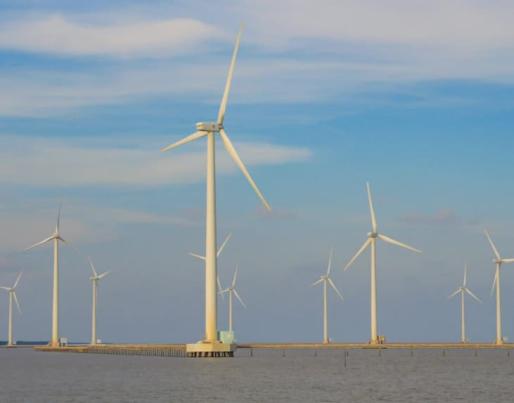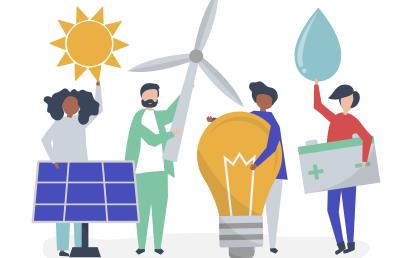New strategies for EMDEs to increase clean energy investments in the building sector

New strategies for EMDEs to increase clean energy investments in the building sector
Emerging Market and Developing Economies (EMDEs) are facing a critical challenge in meeting their rising energy needs while addressing climate change concerns. According to the International Energy Agency (IEA) and the International Finance Corporation (IFC) report "Scaling up private finance for clean energy in emerging and developing economies," the clean energy transition in these economies is pivotal to both their and the world's energy and climate future.
The report highlights the need to accelerate clean energy investments in the building sector, given its significant contribution to energy consumption and emissions in EMDEs. As of 2023, 775 million people lack access to electricity, and 2.4 billion people lack access to clean cooking fuels. Cost-effective and clean technologies are key to addressing this issue, but the energy demand continues to outpace the adoption of clean solutions. Currently, the total annual investment in clean energy in EMDEs stands at approximately USD 770 billion, with China, India, and Brazil accounting for more than three-quarters of this investment. However, the concentration of clean energy investment is a major concern, as evidenced by China installing ten times more solar PV capacity in a single year than the entire African continent.
To align with the goals of the Paris Agreement, the report suggests that annual clean energy investments in EMDEs must triple from USD 770 billion in 2022 to USD 2.2-2.8 trillion per year by the early 2030s, sustaining these levels until 2050. The report outlines the main components of increased spending, with over one-third of total clean energy investment going into low-emissions generation, mainly renewables, and another one-third allocated for efficiency improvements and end-use sectors, like electric mobility and efficient cooling. The remaining investment is needed for electricity grids, storage, and low-emission fuels, such as biofuels and hydrogen.
A significant challenge identified by the report is the need to attract private sector financing, which accounts for only around 20% of clean energy spending in EMDEs compared to nearly 60% in advanced economies. To bridge this gap, the report calls for coordinated action to address four issues.
- Creating the enabling environment.
- Scaling up concessional finance.
- Developing new financing instruments.
- Deepening local capital markets.
ScalingupPrivateFinanceforCleanEnergyinEmergingandDevelopingEconomies.pdf
English (3.61 MB - PDF)

